- Choosing the Right Location for Your Gardenia
- 1. Sun Exposure
- 2. Temperature
- 3. Humidity
- 4. Soil Type
- 5. Protection from Wind
- 6. Proximity to Other Plants
- 7. Accessibility to Water
- 8. Consider Indoor Cultivation
- Soil Preparation for Gardenia
- Test the Soil pH
- Improve Drainage
- Amend the Soil
- Mulch
- Fertilize
- Conclusion
- Watering and Fertilizing Gardenia
- Watering
- Fertilizing
- Pruning and Training Gardenia
- When to Prune
- Pruning Techniques
- Training Techniques
- Aftercare
- Pest and Disease Control for Gardenia
- Pests:
- Diseases:
- Propagation Methods for Gardenia
- Transplanting Gardenia
- Transplanting Timing
- Preparing the New Location
- Preparing the Plant
- Transplanting Steps
- Aftercare
- Q&A:
- What is gardenia?
- How do I grow gardenia?
- Can gardenia be grown indoors?
- How do I propagate gardenia?
- When is the best time to transplant gardenia?
- What are some common problems of gardenias?
- Video: ALL ABOUT GARDENIAS – Details about different varieties and how to grow Gardenias
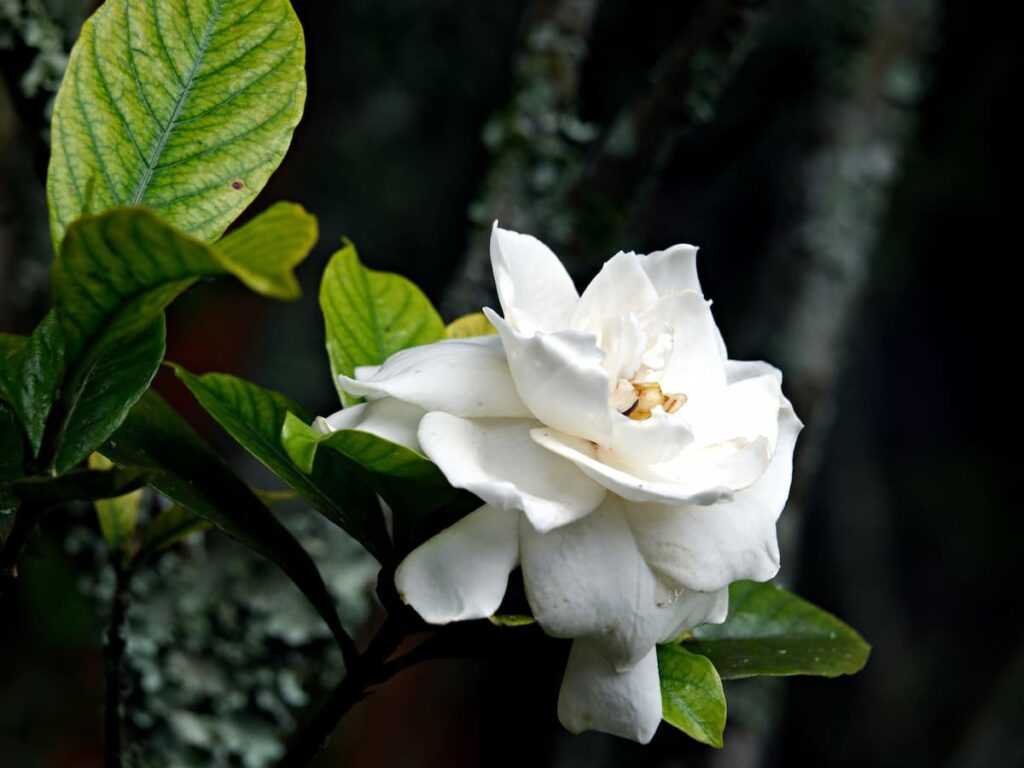
Welcome to our comprehensive guide on growing, propagating, and transplanting gardenias! Gardenias are beloved for their beautiful and fragrant flowers, making them a popular choice for gardens and indoor plants. In this guide, we will provide you with expert tips and advice on how to successfully grow and care for gardenias, as well as how to propagate and transplant them.
Gardenias are known for their stunning white flowers and their intoxicating sweet fragrance. These evergreen shrubs are native to Asia and belong to the family Rubiaceae. With proper care and attention, gardenias can thrive in a variety of growing conditions, whether indoors or outdoors.
When it comes to growing gardenias, there are a few key factors to consider. These include providing the right amount of sunlight, water, and soil conditions. Gardenias prefer to be planted in well-drained and acidic soil, and they thrive in partial shade or filtered sunlight. Regular watering is essential, but overwatering should be avoided to prevent root rot.
If you’re interested in propagating your own gardenias, we have you covered! We will walk you through the step-by-step process of propagating gardenias from seeds, cuttings, or layering. Each method has its own advantages and challenges, and we will provide you with expert tips to increase your chances of success.
Transplanting gardenias can be a delicate process, but with careful planning and execution, it can be done successfully. Whether you’re moving your gardenias to a different location in your garden or transferring them to a larger pot, we will guide you through the necessary steps to ensure a smooth and successful transplant.
So whether you’re a beginner gardener or an experienced plant enthusiast, our guide on gardenias will provide you with all the information you need to grow, propagate, and transplant these beautiful and fragrant plants with confidence!
Choosing the Right Location for Your Gardenia
When it comes to growing gardenias, the right location can make all the difference. These beautiful, fragrant flowers thrive in specific conditions, so choosing the right spot is crucial for their health and growth. Here are some tips to help you select the perfect location for your gardenia:
1. Sun Exposure
Gardenias love bright, indirect sunlight. Ideally, they should receive at least 6 hours of sun per day. However, direct sunlight can scorch their delicate leaves, so it’s best to provide them with morning sun and afternoon shade.
2. Temperature
Gardenias prefer moderate temperatures, ranging from 65°F to 75°F (18°C to 24°C). They are not tolerant of extreme heat or cold, so try to avoid placing them in areas with temperature fluctuations or drafts.
3. Humidity
These plants love humidity and thrive in moist air. If you live in a dry climate, consider placing your gardenia near a humidifier or misting it regularly to increase the humidity around the plant.
4. Soil Type
Well-draining soil is essential for gardenia plants. They prefer slightly acidic soil with a pH between 5.0 and 6.0. If your soil is heavy or clay-like, consider amending it with organic matter such as compost or peat moss to improve drainage.
5. Protection from Wind
Gardenias are sensitive to strong winds, which can damage their delicate branches and blooms. Choose a location that offers some protection from gusty winds, such as a fence, wall, or shrubbery.
6. Proximity to Other Plants
Gardenias can benefit from the presence of other plants that provide shade or wind protection. However, be sure not to crowd them, as good air circulation is important to prevent diseases.
7. Accessibility to Water
Since gardenias require consistent moisture, it’s important to choose a location that is easily accessible for watering. Avoid placing them too far from a water source or in an area that is difficult to reach with a hose or watering can.
8. Consider Indoor Cultivation
If you live in a region with harsh winters or unsuitable outdoor conditions, gardenias can also be grown indoors. Choose a bright location near a window that receives indirect sunlight throughout the day.
| Factors to Consider | Potential Location |
|---|---|
| Sun Exposure | Morning sun, afternoon shade |
| Temperature | Moderate temperature range |
| Humidity | High humidity or humidifier |
| Soil Type | Well-draining, slightly acidic soil |
| Protection from Wind | Sheltered location |
| Proximity to Other Plants | Good air circulation |
| Accessibility to Water | Easily reachable for watering |
| Alternative Indoor Cultivation | Bright location near a window |
By considering these factors and selecting the right location for your gardenia, you can create the optimal conditions for its growth and ensure that it thrives in your garden or home.
Soil Preparation for Gardenia
One of the most important aspects of growing gardenias successfully is providing them with the right soil conditions. Gardenias thrive in well-draining, slightly acidic soil that is rich in organic matter. Here are some steps you can take to prepare the soil for your gardenia plants:
Test the Soil pH
Before planting gardenias, it’s important to test the pH level of your soil. Gardenias prefer a soil pH level between 5.0 and 6.0, which is slightly acidic. You can use a soil testing kit or send a sample to a local agricultural extension for testing. If the soil pH is too high, you may need to lower it by adding acidifying materials such as sulfur or peat moss.
Improve Drainage
Gardenias don’t like to have their roots sitting in wet soil, as it can lead to root rot and other fungal issues. To improve drainage, you can add organic matter such as compost or well-aged manure to the soil. This will help loosen the soil and increase its ability to drain excess water. Avoid compacting the soil by over-tilling or stepping on it excessively.
Amend the Soil
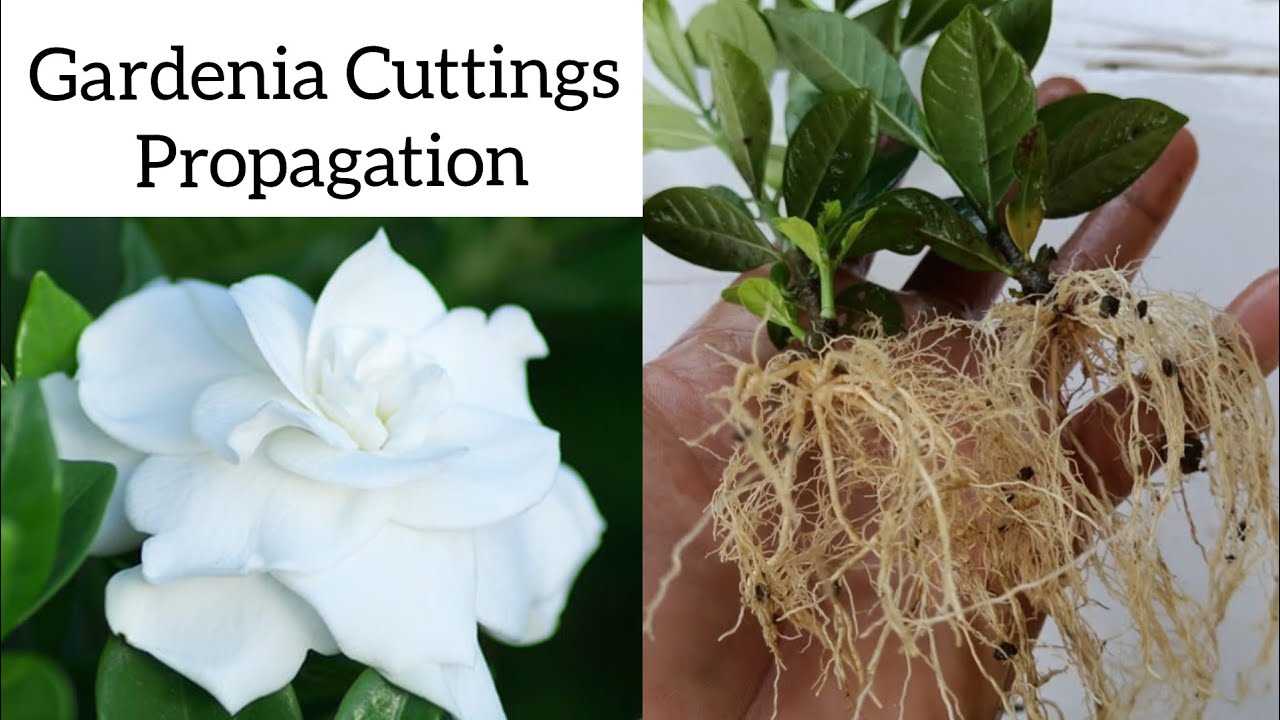

If your soil is heavy clay or sandy, you may need to amend it to create the ideal growing conditions for gardenias. For clay soil, add organic matter and gypsum to improve its texture and drainage. For sandy soil, add organic matter and compost to increase its ability to hold water and nutrients. Work the amendments into the soil to a depth of at least 12 inches.
Mulch
Applying a layer of mulch around your gardenia plants can help retain moisture, regulate soil temperature, and suppress weed growth. Organic mulches such as pine straw, wood chips, or shredded leaves are good choices. Apply a layer of mulch about 2-3 inches thick, making sure to keep it away from the base of the plants to prevent root rot.
Fertilize
Gardenias benefit from regular fertilization to ensure healthy growth and abundant blooms. Before planting, incorporate a slow-release fertilizer into the soil according to the package instructions. This will provide a steady supply of nutrients over time. Additionally, you can use a balanced water-soluble fertilizer every 4-6 weeks during the growing season to supplement the plant’s nutrient needs.
Conclusion
Proper soil preparation is essential for the successful growth of gardenias. By testing the soil pH, improving drainage, amending the soil, applying mulch, and providing adequate fertilization, you can create the ideal soil conditions for your gardenia plants to thrive.
Watering and Fertilizing Gardenia
Gardenias require a consistent and careful watering routine to thrive. Here are some tips on how to water and fertilize your gardenia plant:
Watering
- Water your gardenia plant deeply, ensuring that the water reaches the root zone. Shallow watering can result in weak roots.
- Check the moisture level of the soil regularly. Gardenias prefer moist soil, but they should not be sitting in water. Overwatering can lead to root rot.
- Water your gardenia plant early in the morning to allow any excess moisture to evaporate during the day. This helps prevent fungal diseases.
- Avoid getting the foliage wet when watering, as this can promote the growth of fungal diseases. Use a watering can or a hose with a watering wand to direct the water at the base of the plant.
- During hot and dry weather, you may need to water your gardenia more frequently. Monitor the moisture level of the soil and adjust your watering schedule accordingly.
Fertilizing
- Feed your gardenia plant with a balanced fertilizer specifically formulated for acid-loving plants. Follow the instructions on the fertilizer packaging for the appropriate application rate.
- Apply the fertilizer in early spring, just before the growing season begins. Avoid fertilizing during the dormant winter period.
- Spread the fertilizer evenly around the base of the plant, being careful not to let it come into direct contact with the foliage.
- Water the plant after fertilizing to help distribute the nutrients into the soil.
- Monitor the plant’s response to the fertilizer. If the foliage becomes yellowish-green or if you notice signs of fertilizer burn, reduce the amount or frequency of fertilization.
By following these watering and fertilizing tips, you can help your gardenia plant stay healthy and blooming throughout the growing season.
Pruning and Training Gardenia
Pruning and training gardenia plants is an essential part of their care and maintenance. Proper pruning helps to promote healthy growth, control the size and shape of the plant, and encourage the production of more flowers. Here are some tips and advice on how to prune and train your gardenia:
When to Prune
- Prune your gardenia immediately after it has finished blooming. This is usually in late spring or early summer.
- Avoid pruning your gardenia in the fall or winter, as this can remove potential flower buds.
Pruning Techniques
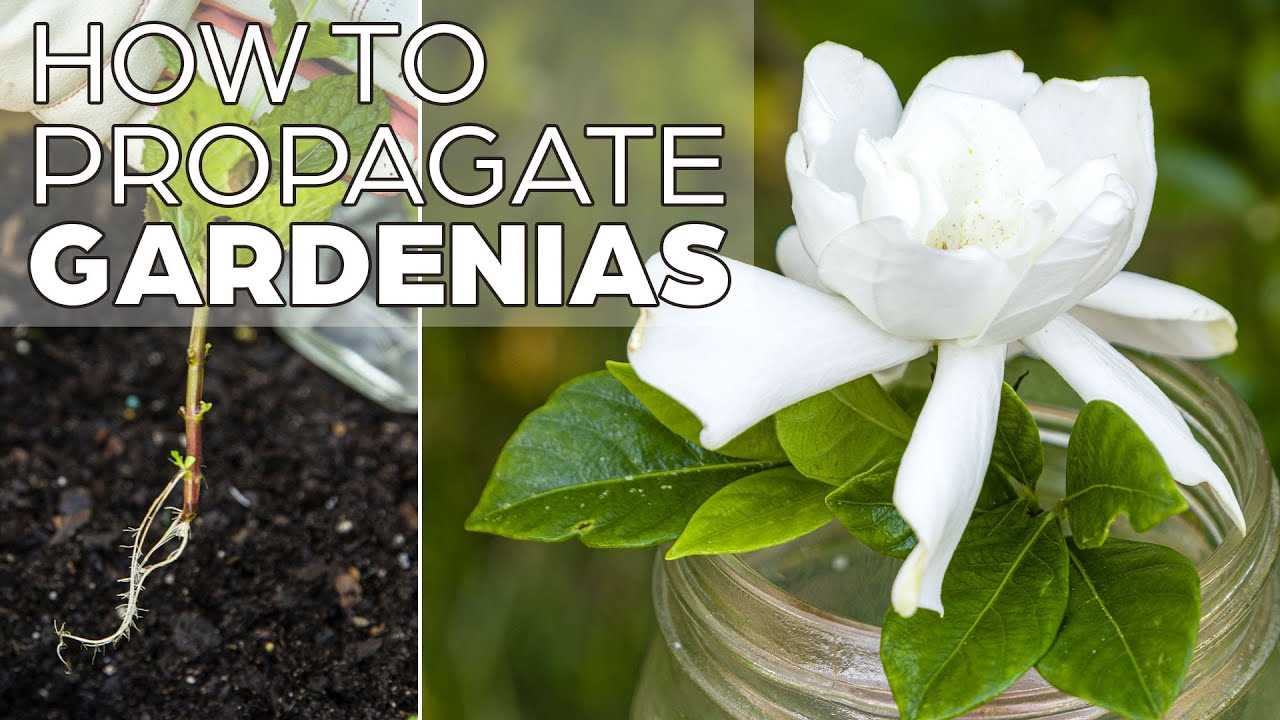

- Start by removing any dead, damaged, or diseased branches. Make clean cuts just above a healthy bud or branching point.
- To control the size and shape of your gardenia, selectively prune back long, leggy stems or branches that are crossing each other.
- When pruning, always use sharp, clean pruning shears to minimize damage and the risk of spreading diseases.
- Take care not to remove more than one-third of the plant’s overall growth in a single pruning session.
Training Techniques
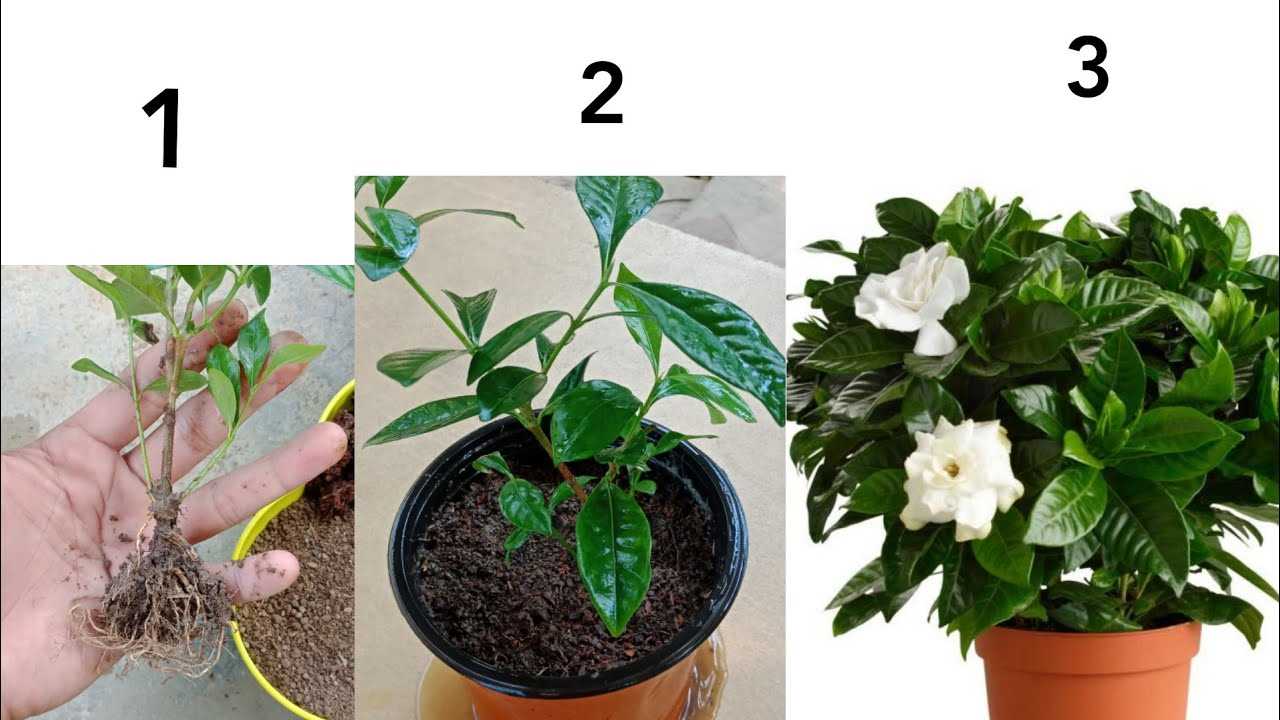

- To create a more compact and bushy gardenia, pinch back the tips of new growth throughout the growing season. This encourages branching and increases the number of flowers.
- If you want to train your gardenia to grow in a specific shape or direction, use stakes, wires, or other support structures to gently guide the branches as they grow.
- Regularly inspect and adjust the training supports to ensure they are not causing any damage or constriction to the plant.
Aftercare
After pruning or training your gardenia, provide it with the appropriate care to aid in its recovery:
- Water the plant deeply and thoroughly after pruning to help it recover from any stress or shock.
- Apply a balanced, slow-release fertilizer to provide essential nutrients for new growth.
- Maintain the plant’s regular care routine, including watering, fertilizing, and monitoring for pests and diseases.
By following these pruning and training techniques, you can help your gardenia thrive and maintain an attractive shape. Remember to always monitor the plant’s health and adjust your pruning and training practices accordingly.
Pest and Disease Control for Gardenia
Gardenias are beautiful and fragrant plants, but they can be susceptible to a variety of pests and diseases. Here are some tips and advice on how to control and prevent common issues that gardenias may face:
Pests:
- Aphids: These small insects suck sap from the leaves and stems of gardenias. You can control aphids by spraying the plants with a strong stream of water or using insecticidal soap.
- Scale insects: These pests attach themselves to the stems and leaves of gardenias and feed on their sap. They can be controlled by pruning affected areas and using horticultural oil or insecticidal soap.
- Whiteflies: Whiteflies are small, winged insects that feed on gardenia leaves and cause them to turn yellow and drop prematurely. You can control whiteflies by using yellow sticky traps and applying insecticidal soap.
- Spider mites: These tiny mites suck sap from the undersides of gardenia leaves, causing them to turn yellow and develop a fine webbing. Spider mites can be controlled by spraying the plants with water and using insecticidal soap.
Diseases:
- Leaf spot: Leaf spot is a fungal disease characterized by brown or black spots on the leaves of gardenias. Remove and destroy infected leaves and avoid overhead watering to prevent the spread of the disease.
- Powdery mildew: Powdery mildew appears as a white, powdery coating on the leaves and stems of gardenias. It can be controlled by removing infected plant parts and applying a fungicide recommended for powdery mildew.
- Root rot: Root rot is a common problem for gardenias caused by overly wet soil. To prevent root rot, make sure the soil is well-draining and avoid overwatering the plants.
- Botrytis blight: Botrytis blight is a fungal disease that causes brown spots on the flowers and buds of gardenias. Remove and destroy infected flowers and buds and avoid overhead watering.
Regularly inspecting your gardenias for pests and diseases and taking appropriate action can help ensure that your plants stay healthy and beautiful. Additionally, providing proper care, such as adequate sunlight, water, and fertilization, can strengthen gardenias and make them more resistant to pests and diseases.
Propagation Methods for Gardenia
Gardenias can be propagated through several methods, including:
- Seeds: Gardenia seeds can be collected from the fruit and dried before planting. However, keep in mind that gardenias grown from seeds may not produce the same characteristics as the parent plant.
- Cuttings: Stem cuttings are a popular way to propagate gardenias. Take a 4-6 inch cutting from a healthy, mature plant, remove the lower leaves, and dip the cut end in a rooting hormone before planting it in a well-draining potting mix. Keep the soil consistently moist until the cutting establishes roots.
- Air Layering: Air layering is a method where a portion of a branch is cut, a wound is made, and the area is wrapped with sphagnum moss or similar material. Over time, roots will form within the moss, and the branch can then be cut away from the parent plant and potted as a new gardenia.
- Division: Mature gardenia plants can be divided by carefully digging them up and separating the root clumps into smaller sections. Each section should have a healthy amount of roots and foliage. Replant the divisions in well-prepared soil and keep them well-watered until they establish themselves.
Whichever method you choose, it’s important to provide the right conditions for successful propagation. This includes using a well-draining potting mix, providing adequate moisture, and ensuring the newly propagated gardenias receive the appropriate amount of light and temperature.
Transplanting Gardenia
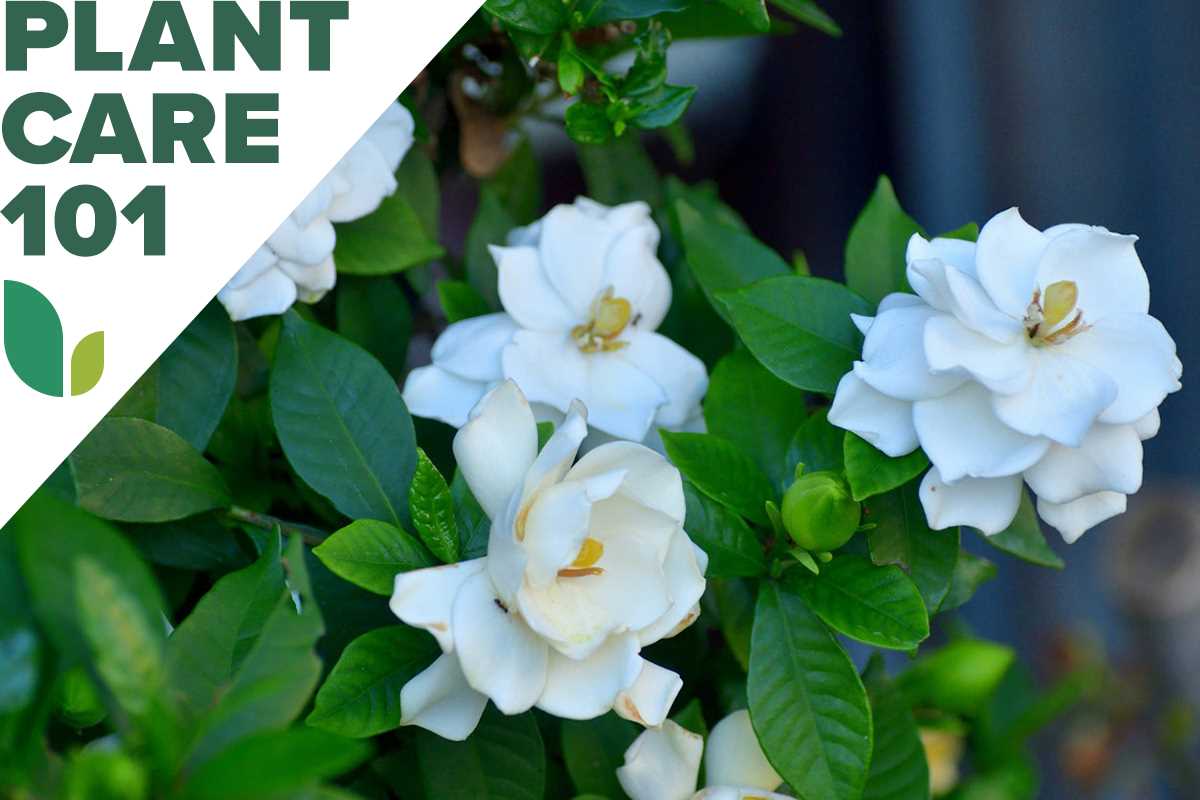

Gardenias are delicate plants that require careful handling when transplanting. Whether you are moving your gardenia to a new spot in your garden or transferring it to a pot, here are some expert tips to ensure a successful transplant.
Transplanting Timing
The best time to transplant a gardenia is in early spring or fall when the weather is mild. Avoid transplanting during hot summer months or freezing winter temperatures to minimize stress on the plant.
Preparing the New Location
Before transplanting, prepare the new location by ensuring it meets the needs of gardenias. Gardenias prefer partially shaded areas with well-drained soil that is slightly acidic. Test the soil pH, and make any necessary amendments to optimize growing conditions.
Preparing the Plant
Prior to transplanting, water the gardenia thoroughly to moisten the root ball. This will help protect the roots during the transplanting process. Gently loosen the soil around the plant to make it easier to remove from its current location.
Transplanting Steps
- Dig a hole in the new location that is slightly larger than the root ball.
- Carefully lift the gardenia plant, taking care not to damage the roots.
- Place the gardenia in the new hole, ensuring it is at the same depth as it was in its previous location.
- Backfill the hole with soil, gently firming it around the plant to remove air pockets.
- Water the transplanted gardenia thoroughly.
Aftercare
After transplanting, provide regular watering to keep the soil evenly moist but not waterlogged. Apply a layer of mulch around the base of the plant to help conserve moisture and regulate soil temperature. Monitor the transplant for any signs of stress, such as wilting or yellowing leaves, and take appropriate action if needed.
By following these transplanting tips, you can successfully move your gardenia to a new location and continue to enjoy its beautiful blooms and sweet fragrance.
Q&A:
What is gardenia?
Gardernia is a flowering plant that belongs to the family Rubiaceae. It is known for its beautiful and fragrant white flowers.
How do I grow gardenia?
To grow gardenia, you should start by choosing a suitable location that receives partial shade. The soil should be acidic and well-drained. Plant the gardenia in a hole that is twice as wide and just as deep as the root ball. Water regularly and fertilize every 4-6 weeks.
Can gardenia be grown indoors?
Yes, gardenia can be grown indoors. However, it can be more challenging to provide the plant with the right conditions, such as sufficient light and humidity. Indoor gardenias may also be more prone to pests and diseases.
How do I propagate gardenia?
Gardenias can be propagated through cuttings. Take a 4-6 inch cutting from a healthy, mature plant and remove the lower leaves. Dip the cut end in rooting hormone and plant it in a pot filled with a well-draining soil mix. Keep the cutting in a warm and humid environment until it roots.
When is the best time to transplant gardenia?
The best time to transplant gardenia is in early spring or fall when the weather is cool and the plant is in a dormant stage. This will give the plant time to establish its roots before the stress of summer heat or winter cold.
What are some common problems of gardenias?
Gardenias can be prone to several problems, including yellow leaves, bud drop, root rot, and pests like aphids and mealybugs. These issues can be caused by factors such as nutrient deficiencies, overwatering, and poor air circulation.
Video:
ALL ABOUT GARDENIAS – Details about different varieties and how to grow Gardenias







